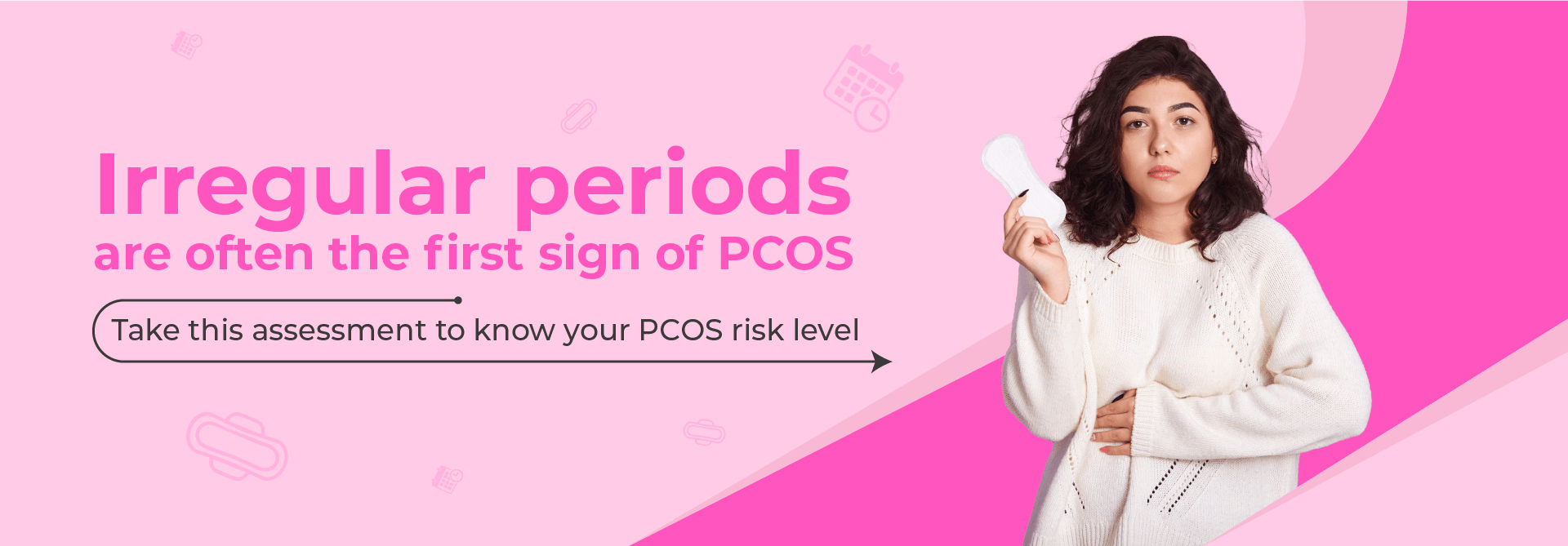Ovulation Bleeding: What Your Period is Trying to Tell You?
22 months ago
4 minute read.

Ovulation another crucial aspect of the menstrual cycle, often goes unnoticed. Ovulation is a key event in a woman's reproductive cycle, and for some, it may be accompanied by ovulation bleeding.
Ovulation is like a tiny miracle in your body. It's when an egg is set free, hanging out in your fallopian tube for about 12-24 hours. If a sperm comes along during this time, there's a chance they might team up, and voila – you could be on your way to becoming a parent!
Now, let's talk about ovulation bleeding. It's not an everyday thing; in fact, only about 5% of women experience it. And just because it happens once doesn't mean it will happen every time. But if it does, there's nothing to worry about. It's just a little sign that your body is doing its job and releasing an egg.
If you're trying to have a baby, ovulation bleeding is like a thumbs-up from your body, saying, "Hey, it's gone time!" Instead of being concerned, you might look at it positively.

What is Ovulation Bleeding?
Ovulation bleeding, also known as ovulation spotting, is the release of a small amount of blood from the reproductive system during the ovulation period. Unlike menstruation, which involves the shedding of the uterine lining, ovulation bleeding is typically light and may manifest as pink or brownish discharge.
What Does Ovulation Spotting Look Like?
Ovulation spotting is generally light and may vary from pink to brown. Unlike the bright red flow associated with menstruation, the blood in ovulation spotting is usually minimal and may mix with cervical mucus. It can be observed when wiping after using the bathroom or on underwear.

When Does Ovulation Bleeding Occur?
Ovulation bleeding typically occurs around the time of ovulation, which is generally in the middle of the menstrual cycle. For women with a regular 28-day cycle, ovulation usually happens around day 14. However, individual cycles can vary, and factors such as stress, illness, or lifestyle changes can influence the timing of ovulation.
Also Check: What Does The Menstrual Blood Color Say About Your Health?
Why Doesn’t It Happen for All Women?
Ovulation bleeding is not a universal experience, and many women may never notice any signs of bleeding during their monthly cycles. The occurrence of ovulation bleeding varies among individuals, and factors such as hormonal fluctuations, overall health, and genetics may influence whether a woman experiences spotting during ovulation.
How Long Does Ovulation Bleeding Last?
Ovulation bleeding is usually a short-lived phenomenon. Unlike menstrual bleeding, which can persist for 3-7 days, ovulation bleeding is characterized by its brevity.
What Causes Bleeding During Ovulation?
The exact cause of ovulation bleeding is not fully understood, but several theories exist. One possible explanation is the surge in estrogen levels just before ovulation. This surge can cause the uterine lining to become engorged with blood, leading to small ruptures in blood vessels during the release of the egg.
Another theory suggests that the rupture of the mature follicle from the ovary can cause minor trauma, leading to slight bleeding. Additionally, changes in cervical mucus consistency during ovulation may contribute to the appearance of spotting.
What Are the Signs of Ovulation?
Apart from ovulation bleeding, other signs indicate the occurrence of ovulation. These include:
- Cervical Mucus Changes: The consistency and color of cervical mucus change during the menstrual cycle. Around ovulation, cervical mucus becomes clear, slippery, and stretchy, resembling raw egg whites.
- Basal Body Temperature (BBT) Rise: Tracking basal body temperature can help identify the timing of ovulation. A slight increase in BBT typically occurs after ovulation.
- Mild Pelvic Pain: Some women may experience mild pelvic pain, often referred to as mittelschmerz, during ovulation. This discomfort is usually on one side of the abdomen.
- Increased Sex Drive: Some women may experience a heightened sex drive during ovulation, which can be attributed to hormonal changes.

How Can Ovulation Bleeding Be Treated and Managed?
Since ovulation bleeding is a natural and typically harmless occurrence, treatment is generally not required. However, if a woman finds the bleeding bothersome or experiences discomfort, there are a few strategies that can be employed:
- Use of Panty Liners: Wearing panty liners can help manage any light spotting and provide a sense of cleanliness and comfort.
- Observation and Tracking: Keeping a menstrual cycle diary can help identify patterns and predict when ovulation and potential spotting might occur.
- Maintaining a Healthy Lifestyle: Ensuring overall health through a balanced diet, regular exercise, and stress management may contribute to a more regular and predictable menstrual cycle.
- Consulting a Healthcare Professional: If ovulation bleeding is accompanied by severe pain, lasts for an extended period, or is associated with other concerning symptoms, it is advisable to consult a healthcare professional for a thorough evaluation.
You May Also Like: Reasons Your Vagina Is So Damn Itchy
Conclusion
Ovulation bleeding, though not experienced by all women, is a natural and generally harmless phenomenon. Understanding the signs of ovulation, including spotting, can empower women to better comprehend their menstrual cycles and reproductive health. While treatment is often unnecessary, managing any discomfort through lifestyle adjustments and seeking professional advice when needed ensures that women can navigate their reproductive journey with confidence and awareness.
Leave a Comment
Related Articles
Health Checks @ Home
Service
Explore
© 2025 Truworth Health Technologies Pvt. Ltd.




